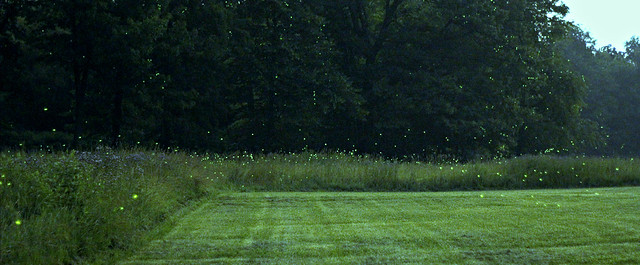
Five little cucumber seeds. That's all we planted. And now we're getting about this many cucumbers Every. Freakin'. Day. I don't know about you, but I can't eat 'em that fast.
I have added them to salads, made cucumber salad, and cubed them as snacks. I have sent bags of them to the office with Hubby to be foisted upon unwary coworkers.
I have rummaged out my old pickle recipe from my early, more enthusiastic homemaking years. After a quick review of it, I have concluded that I must have been out of my mind back then. Also, I have no idea where the wire basket thingy for the canning pot went. Also, we are not that crazy about pickles.
Somehow, I always forget about this part of having a garden. Everything comes in at once, creating a glut of delicious, fresh, organic produce and a pile of guilt for being unprepared to deal with it. So yeah. Mother Nature has been very, very good to us this year. Damn it.
 But wait, there's more!
But wait, there's more! Visit Michelle and her guests at Rambling Woods for weekly Nature Notes.











